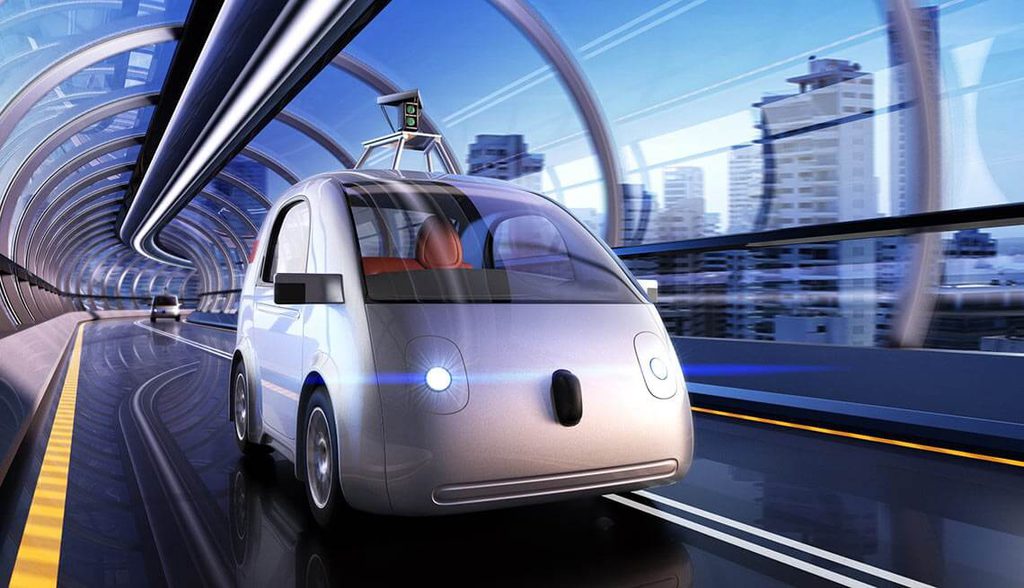
Mobility

Devin Liddell | Principal Futurist

Devin Liddell
Devin designs preferred futures in aviation, automotive, smart cities, personal mobility, space travel, and more.
Connect with Devin on LinkedIn
At some point in their lives, many older citizens lose the ability to maneuver their communities by car–along with the emotional sense of independence and social connection that comes with being able to drive.
New types of autonomous vehicles could keep aging adults healthier, safer and re-engaged in their communities.
There’s already been some important coverage of how autonomous cars are likely to restore the mobility of senior drivers, but there’s even more to the story. While it’s true that self-driving cars could help aging adults stay mobile, seniors being ferried from one place to another in robot cars that look a lot like the cars we already have is just the start. Ultimately, the effects of autonomy on the lives of older drivers will be profoundly more transformative. Just consider these three possibilities for the future of aging in the age of autonomy.
POSSIBILITY No. 1
Older citizens have a lot of reasons why they don’t want to move out of their homes. Our homes are intimate environments and expressions of who we are, so transitioning away from them can feel like an ending. Seniors also often worry about moving away from a familiar neighborhood, burdening a family caregiver if they move in with a grown child, or even suffering neglect or abuse in a senior care community. But what if the home itself could be mobile?
In the future, the emergence of autonomous RV-like vehicles with architectural elements designed to blur the lines between vehicles and buildings could let older citizens stay in their homes indefinitely. Visits to the grandkids won’t mean a grandparent co-opting a bedroom; instead, their micro-apartment will travel with them (besides, they prefer their own space anyway). For “snowbird” and “sunbird” retirees who split time between locales, often thousands of miles apart, seasonal migrations will be easier than ever, too. A single structure will simply drive itself down the interstate (or connect at a Hyperloop station) for a high-speed commute someplace warmer or cooler. The future of aging isn’t just about using autonomous vehicles to prolong the independence of older citizens living in their homes, it’s about blending autonomous mobility with the home itself.
POSSIBILITY NO. 2
A big reason seniors eventually stop living independently is concern for their well-being in the event of a disabling accident or health event, especially when no one else is around. This is the I’ve-fallen-and-I-can’t-get-up problem made famous by Life Alert television commercials in the late 1980s and early ’90s, and it’s a very real issue. Decades ago, Life Alert pointed out something important: knowing about a health event is only half of the solution; the other half is getting someone the care they need, either where they are or at a hospital.
What if a device could monitor a senior and also transport them immediately in an emergency?
So, our increasingly smart devices still aren’t a full fix for this problem. But what if a device could both monitor a senior and then also transport them immediately in the event of an emergency? An autonomous vehicle equipped with health sensors built into its environment could do just that. In the future, an autonomous RV-like vehicle, or autonomous car, could continuously–and unobtrusively–monitor the real-time health metrics of an older citizen, and even proactively suggest adjustments in diet, sleep, exercise, and other behaviors to enhance overall mental and physical well-being. And, in the event of an emergency, the vehicle would communicate directly with ERs and primary care physicians, summon help, or just beeline it to the hospital while transmitting its owner’s medical data in transit. This is a new model of senior care, somewhere between assisted and independent living.
POSSIBILITY NO. 3
Seniors who’ve led active lives personally and professionally can suffer from a lost sense of purpose after they’ve retired and their kids are grown–a feeling which is only exacerbated by diminished personal mobility.
This isn’t just their loss, though. It’s the loss of valuable wisdom and talent to entire communities. Could we use autonomous vehicles with flexibly configured interiors to reconnect the skill sets of seniors with those communities? In the future, a retired software engineer could share her expertise at a local school through a mobile coding lab. An experienced woodworker could offer vocational training at resource-constrained youth detention centers through their own woodshop on wheels. A tax expert might seasonally bring his know-how to rural or underserved communities without an ace accountant of their own. Someone with decades of early childhood education experience could create a “preschool bus” experience at a jobsite, serving workers and their young children where they are. This future of aging mobilizes the expertise of seniors, restoring their vital sense of purpose by giving them new ways to contribute to their communities as professionals, educators, and mentors.
This future of aging mobilizes the expertise of seniors, restoring their vital sense of purpose.
These are just a few of the possibilities. But each illuminate that autonomous vehicles won’t just improve the mobility of older citizens–they’ll transform the landscape of aging by solving for many of the most prevalent stressors and lost opportunities in their lives. Of course, reaching any of these futures will require smart thinking across all sorts of disciplines, including the creation of next-generation autonomous vehicles that go far beyond “self-driving” versions of the cars we already have. It’ll also include work that spans design and policy, especially in terms of rethinking how our infrastructure–from residential streets and highways to as-yet-unbuilt Hyperloop stations–will support all-new classes of autonomous vehicles. But, as the number of Americans over 65 doubles over the next three decades, it’ll all be worth it.
This article was originally published in Fast Company magazine